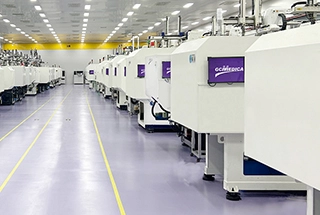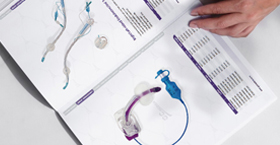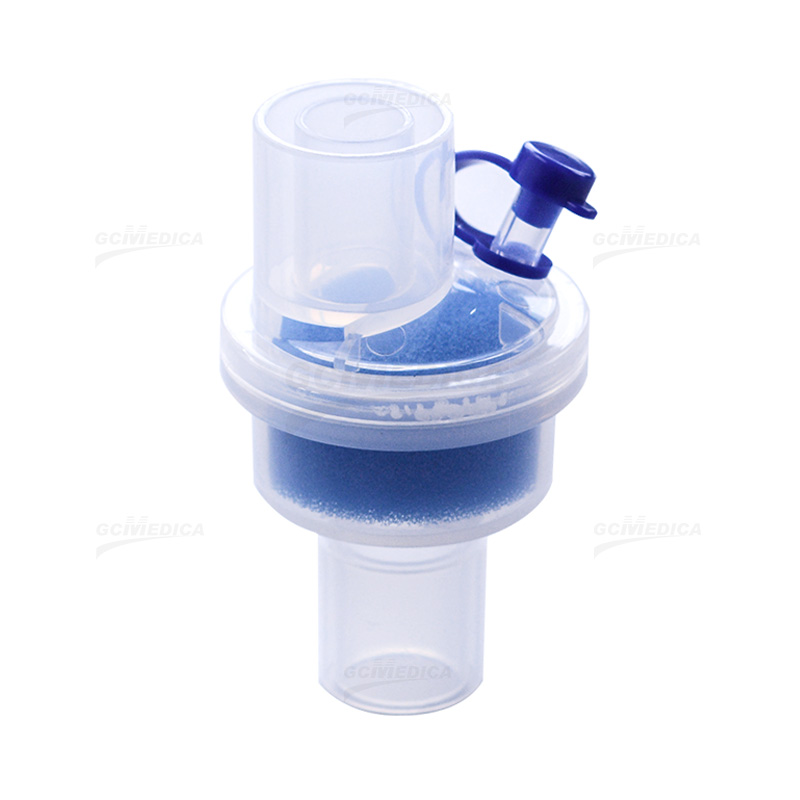Heat–Moisture Exchanger filters with integrated electrostatic filtration (HMEFs) combine passive humidification and high‑efficiency microbial protection in a single, compact device. Designed for use in mechanical ventilation, anesthesia circuits, and tracheostomy care, these hybrid filters conserve exhaled heat and moisture while simultaneously removing airborne pathogens such as bacteria and viruses. By uniting two critical respiratory‑care functions, HMEFs help maintain mucosal integrity, reduce secretion viscosity, and lower the incidence of ventilator‑associated infections—all without the need for active heating or water reservoirs.
At the heart of every HMEF lies a dual‑layer structure. The first layer is a hygroscopic matrix—often composed of foam or pleated paper impregnated with hygroscopic salts—that absorbs heat and water vapor from the patient’s exhaled breath. During the subsequent inhalation phase, the stored heat and moisture are released back into the incoming gas stream, providing a simplified form of airway humidification. The second layer is an electrostatically charged microfiber filter. This filter employs electrostatic attraction to capture particles down to submicron size, achieving bacterial and viral removal efficiencies of ≥ 99.9 % without requiring excessively dense or high‑resistance media. The electrostatic process enhances pathogen capture while minimizing airflow resistance, helping to preserve comfortable breathing dynamics.
Typical applications for HMEFs include adult and pediatric intensive care settings, operating rooms, and intra‑hospital transport on portable ventilators or manual resuscitators. In long‑term mechanical ventilation, HMEFs reduce the need for frequent circuit changes due to condensation build‑up, since their hydrophobic properties help mitigate water pooling. In anesthesia, they streamline circuit assembly by eliminating separate humidification heaters and water chambers. They are also beneficial in resource‑limited environments—such as field hospitals or emergency response units—where electrical power or distilled water may not be readily available.
Key performance parameters include dead space volume, airflow resistance, humidity output, and microbial filtration efficiency. Dead space typically ranges from 40 to 80 mL in adult models, with specialized neonatal and pediatric versions offering volumes as low as 10–30 mL. Initial resistance to airflow is generally between 1.5 and 2.5 cm H₂O at 30 L/min; this value may gradually increase as the hygroscopic matrix becomes saturated with moisture. Humidity output ranges from 25 to 32 mg H₂O per liter of inspired gas, sufficient to maintain tracheal mucosa over use intervals of 24 to 72 hours, depending on patient secretion load. Integration of the electrostatic filter ensures that viral and bacterial particles larger than 0.3 µm are efficiently captured, reducing cross‑contamination risks.
When selecting an HMEF, clinicians should balance humidity needs against added dead space, especially in low‑tidal‑volume ventilation. Monitoring for increased airway resistance or visible moisture accumulation is critical; saturated filters should be replaced promptly to avoid elevated work of breathing. In environments with high infection concerns or prolonged ventilation, HMEFs with proven electrostatic media provide a versatile, cost‑effective solution that enhances patient comfort, safeguards mucosal health, and upholds stringent infection‑control standards.
Related products
| Heat Moisture Exchange Filter (HMEF) > | |
| Eco-mini HMEF > |

 Français
Français Español
Español Products
Products
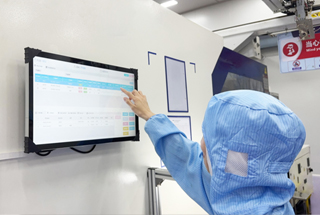
 About Us
About Us




